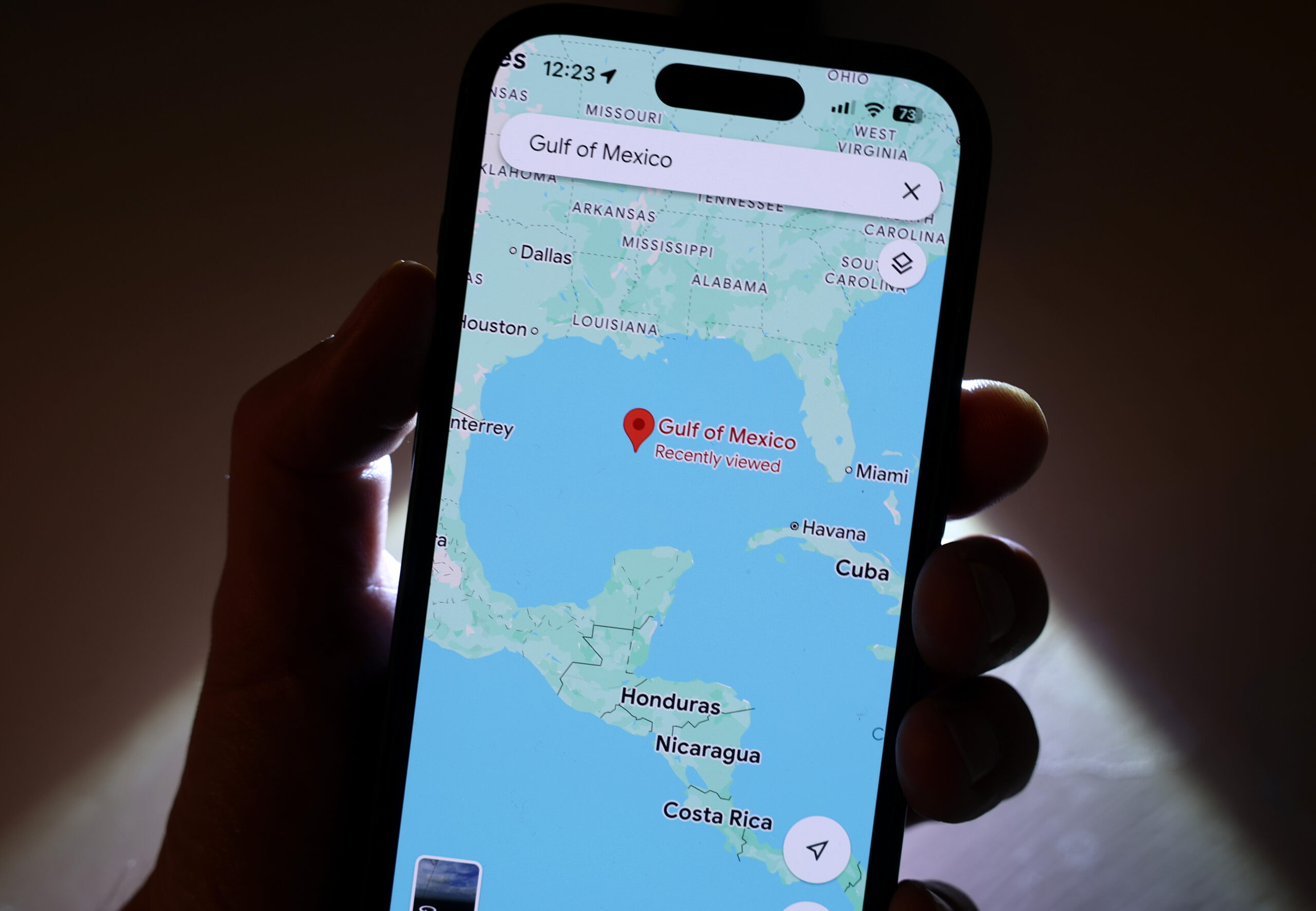Mapping the Digital Divide: When Borders and Names Become Pixels of Controversy

Google's Cartographic Controversy: Renaming the Gulf of Mexico
In an unexpected turn of events, tech giant Google has announced its intention to comply with President Trump's directive to rename the "Gulf of Mexico" to the "Gulf of America" on its digital mapping platforms. This surprising development has sparked widespread discussion about geographical nomenclature and digital mapping practices.
To provide context and expert insight, Sterling Quinn, a distinguished Professor of Geology at Central Washington University, offers a nuanced perspective on how digital map companies traditionally handle complex name and border changes.
The Complexity of Geographical Naming
Historically, digital mapping companies like Google have navigated geographical name changes with careful consideration. Such modifications involve intricate geopolitical, cultural, and scientific deliberations that extend far beyond a simple label swap.
Quinn suggests that while governmental directives can influence map representations, cartographic changes typically require extensive consultation with international geographical authorities, linguistic experts, and regional stakeholders.
Implications and Potential Challenges
The proposed name change raises numerous questions about diplomatic protocols, international recognition, and the potential ripple effects on scientific documentation, maritime navigation, and global geographical understanding.
As this story continues to develop, map enthusiasts, geographers, and international relations experts will be closely monitoring Google's response and the broader implications of this unprecedented cartographic intervention.

